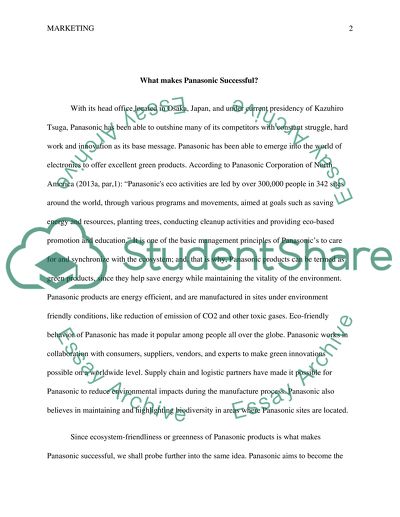Cite this document
(“Panasonic Essay Example | Topics and Well Written Essays - 2250 words”, n.d.)
Panasonic Essay Example | Topics and Well Written Essays - 2250 words. Retrieved from https://studentshare.org/marketing/1491349-panasonic
Panasonic Essay Example | Topics and Well Written Essays - 2250 words. Retrieved from https://studentshare.org/marketing/1491349-panasonic
(Panasonic Essay Example | Topics and Well Written Essays - 2250 Words)
Panasonic Essay Example | Topics and Well Written Essays - 2250 Words. https://studentshare.org/marketing/1491349-panasonic.
Panasonic Essay Example | Topics and Well Written Essays - 2250 Words. https://studentshare.org/marketing/1491349-panasonic.
“Panasonic Essay Example | Topics and Well Written Essays - 2250 Words”, n.d. https://studentshare.org/marketing/1491349-panasonic.


